Archive
2020
KubaParis
leben-in-einer-welt-ohne-verlangen
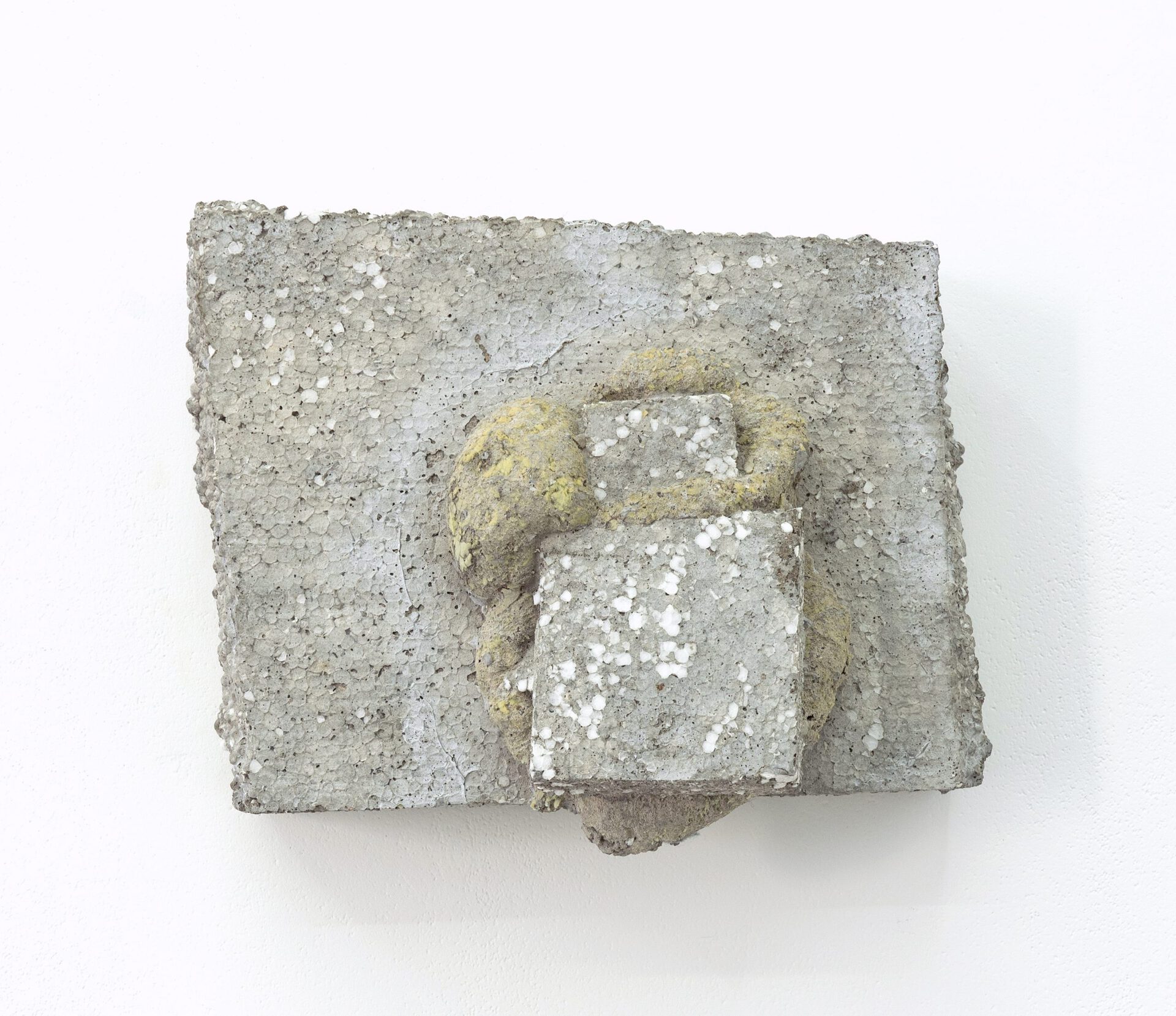
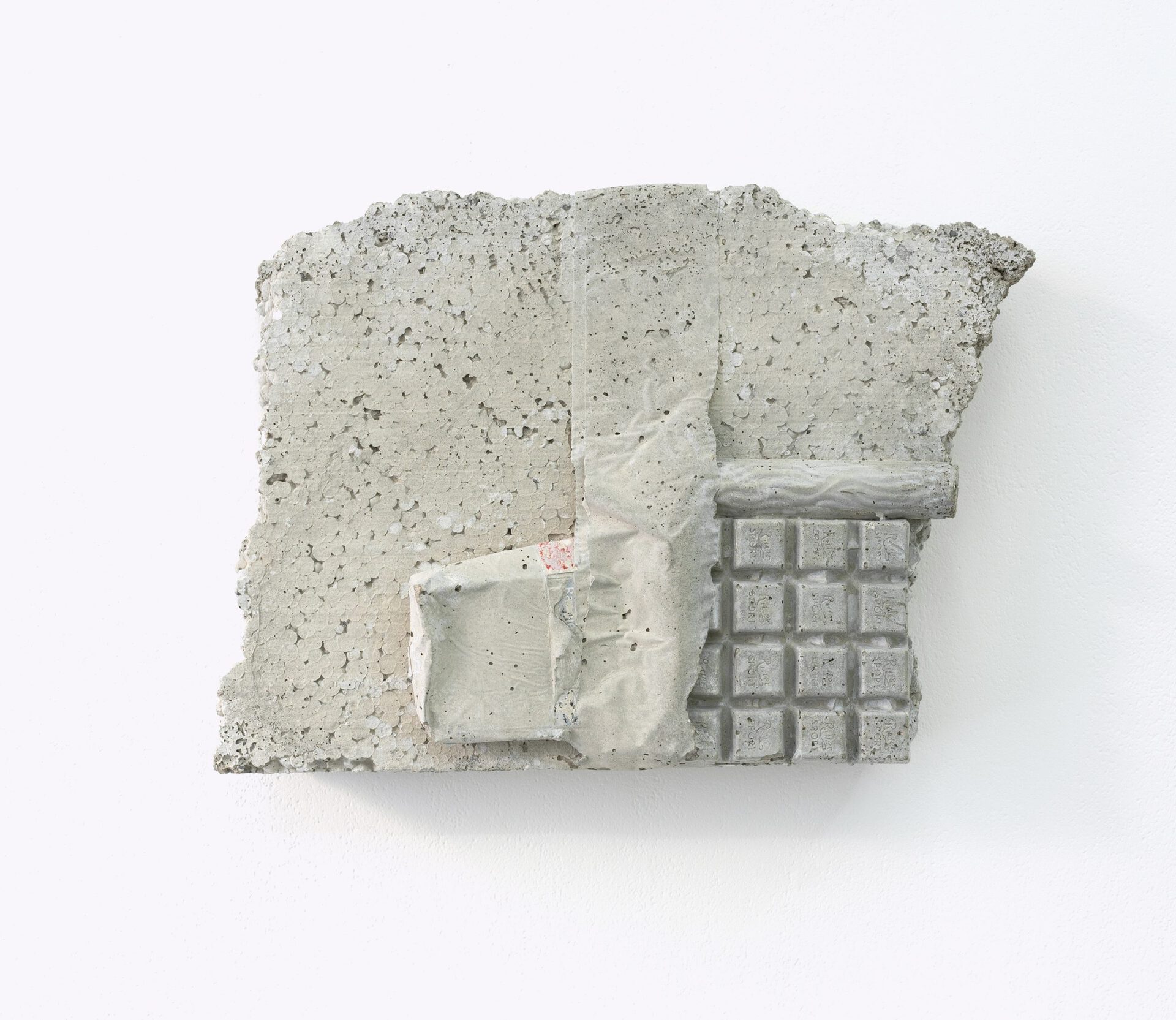
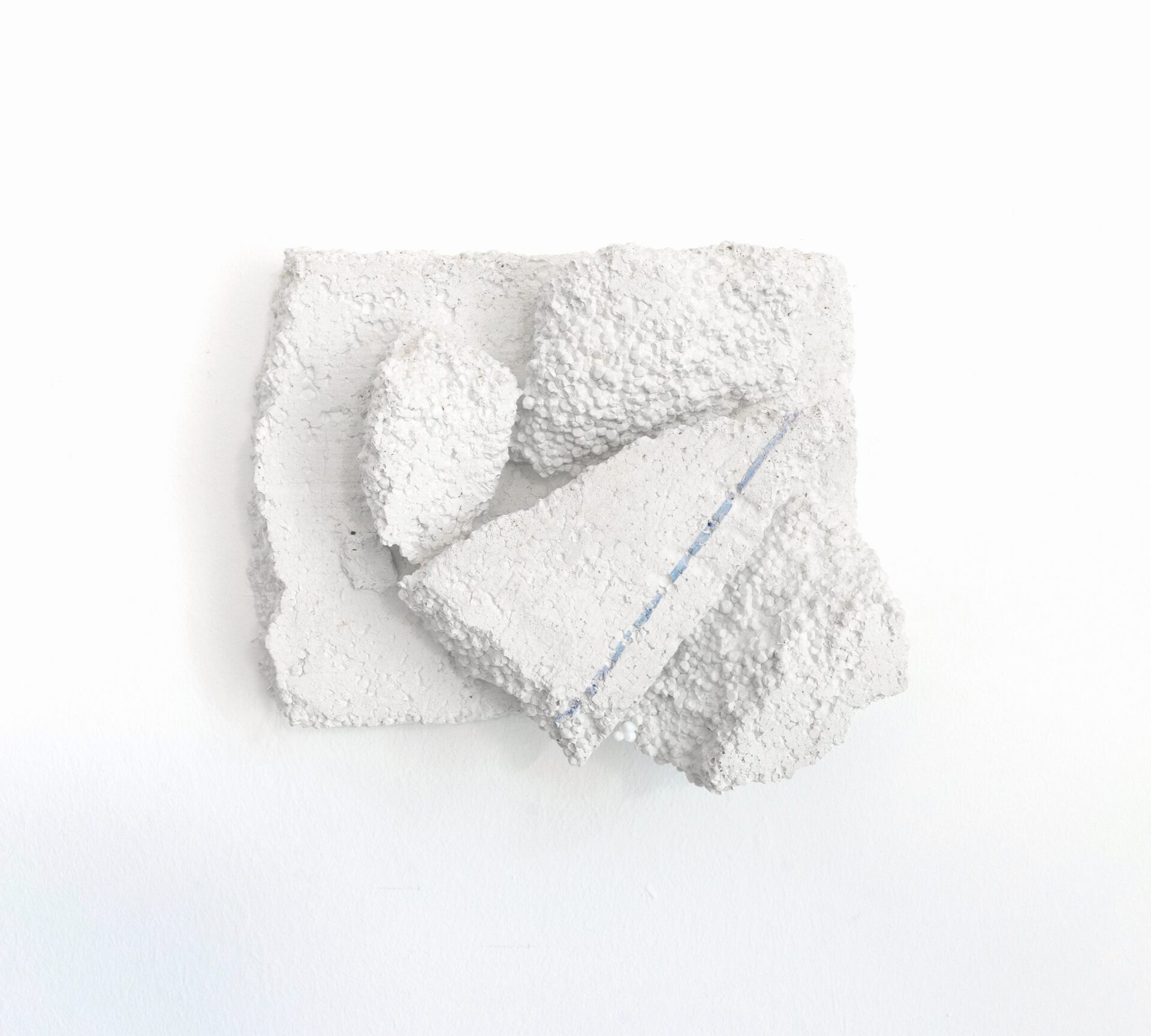
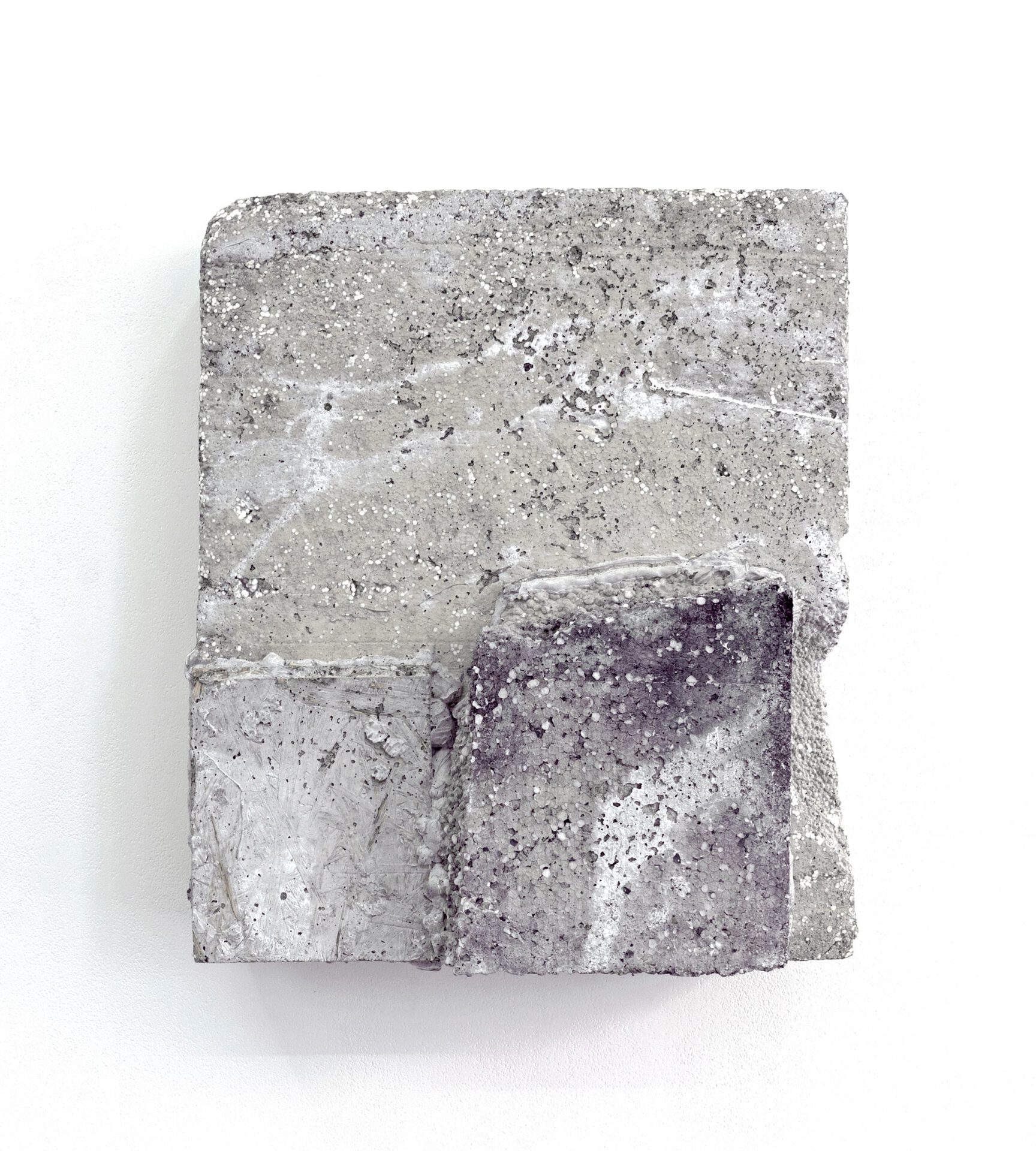
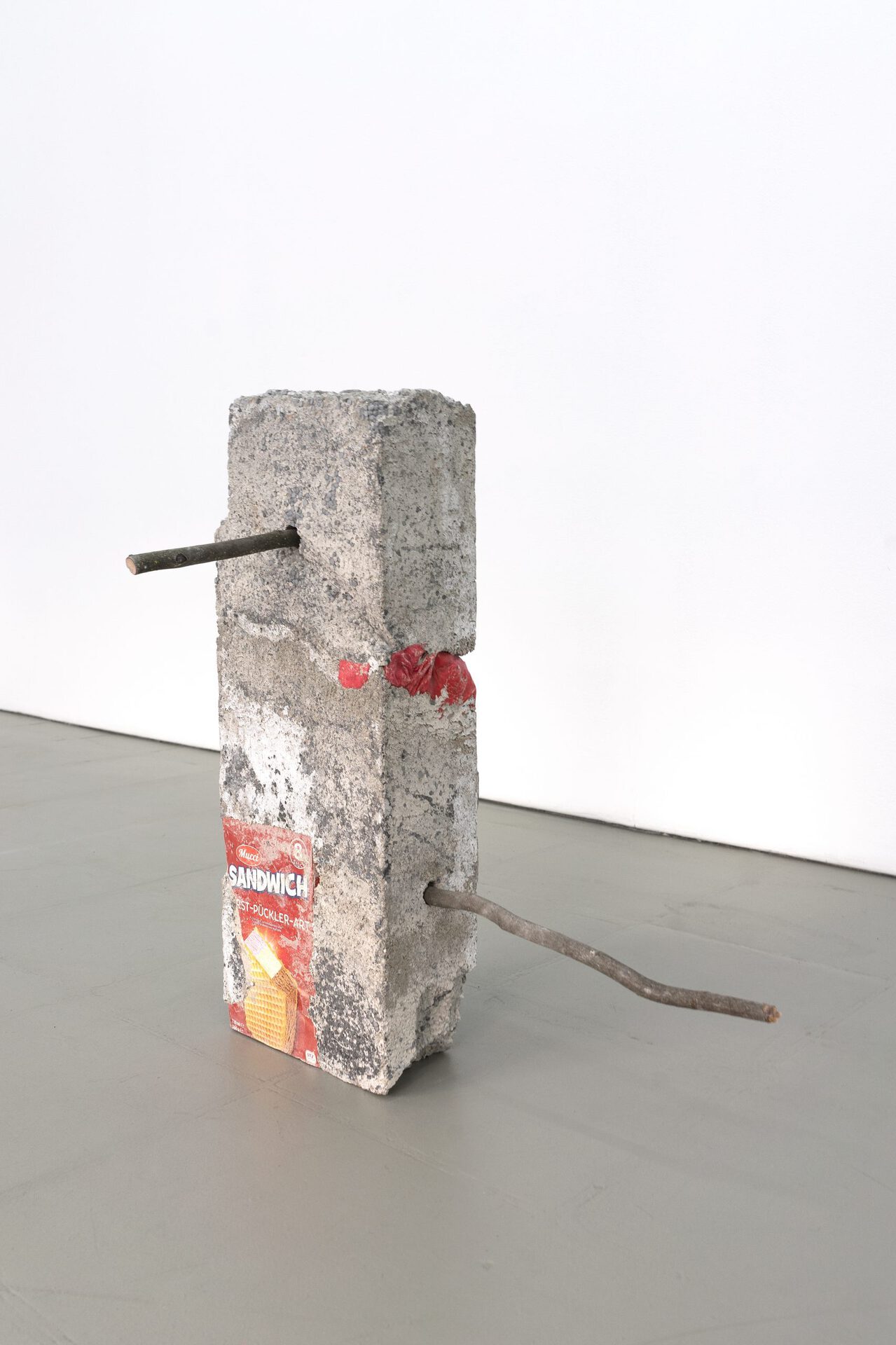
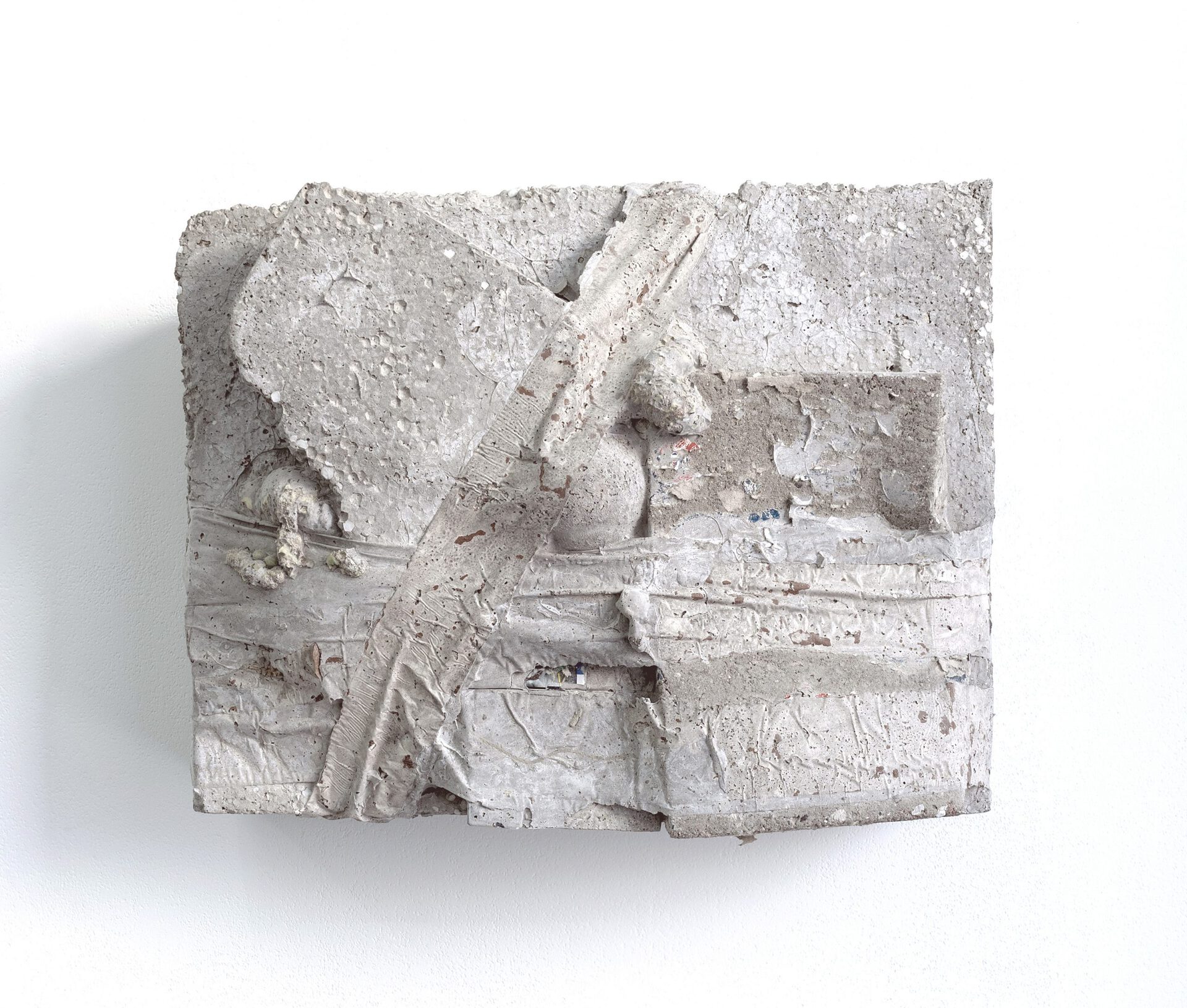
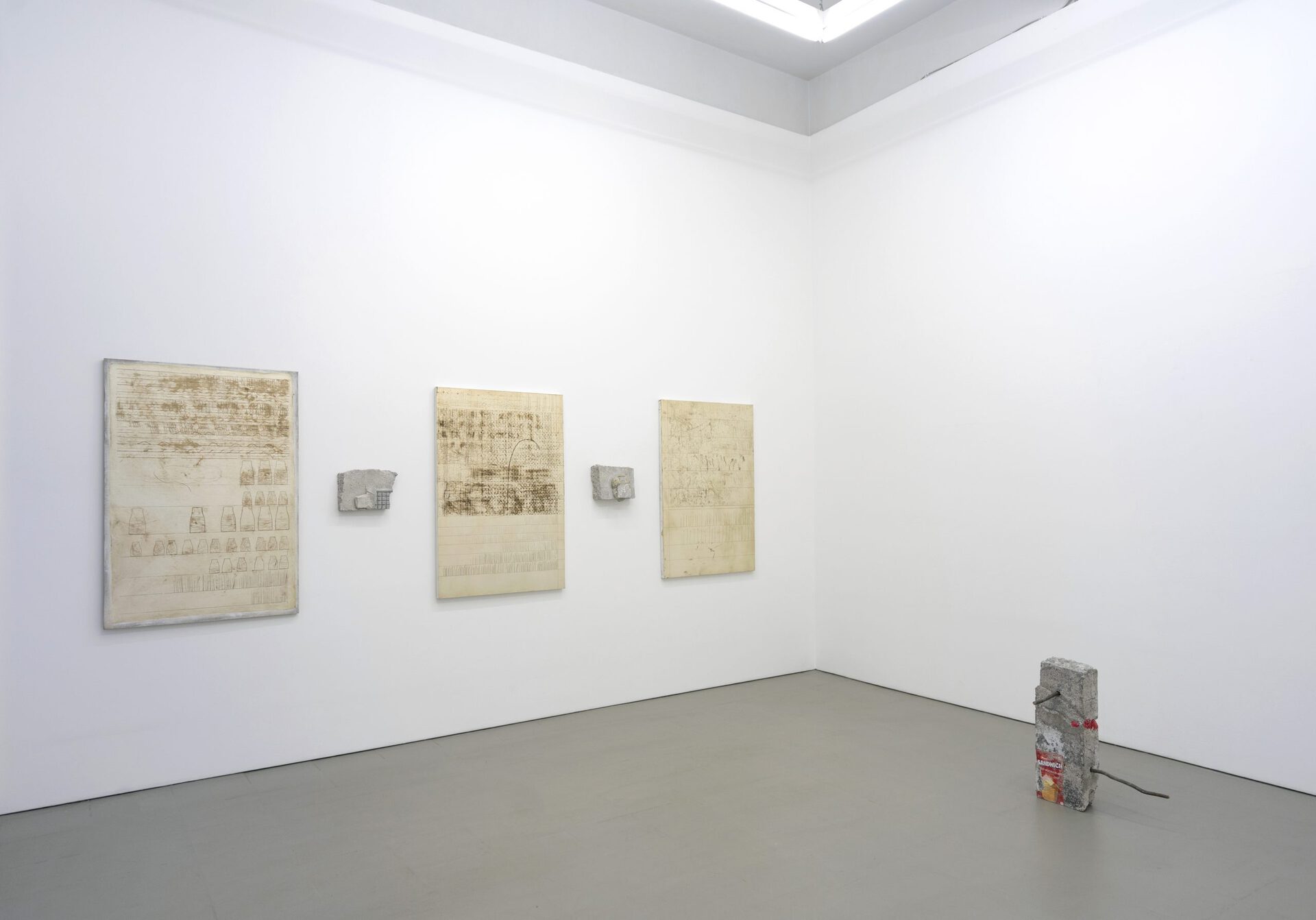
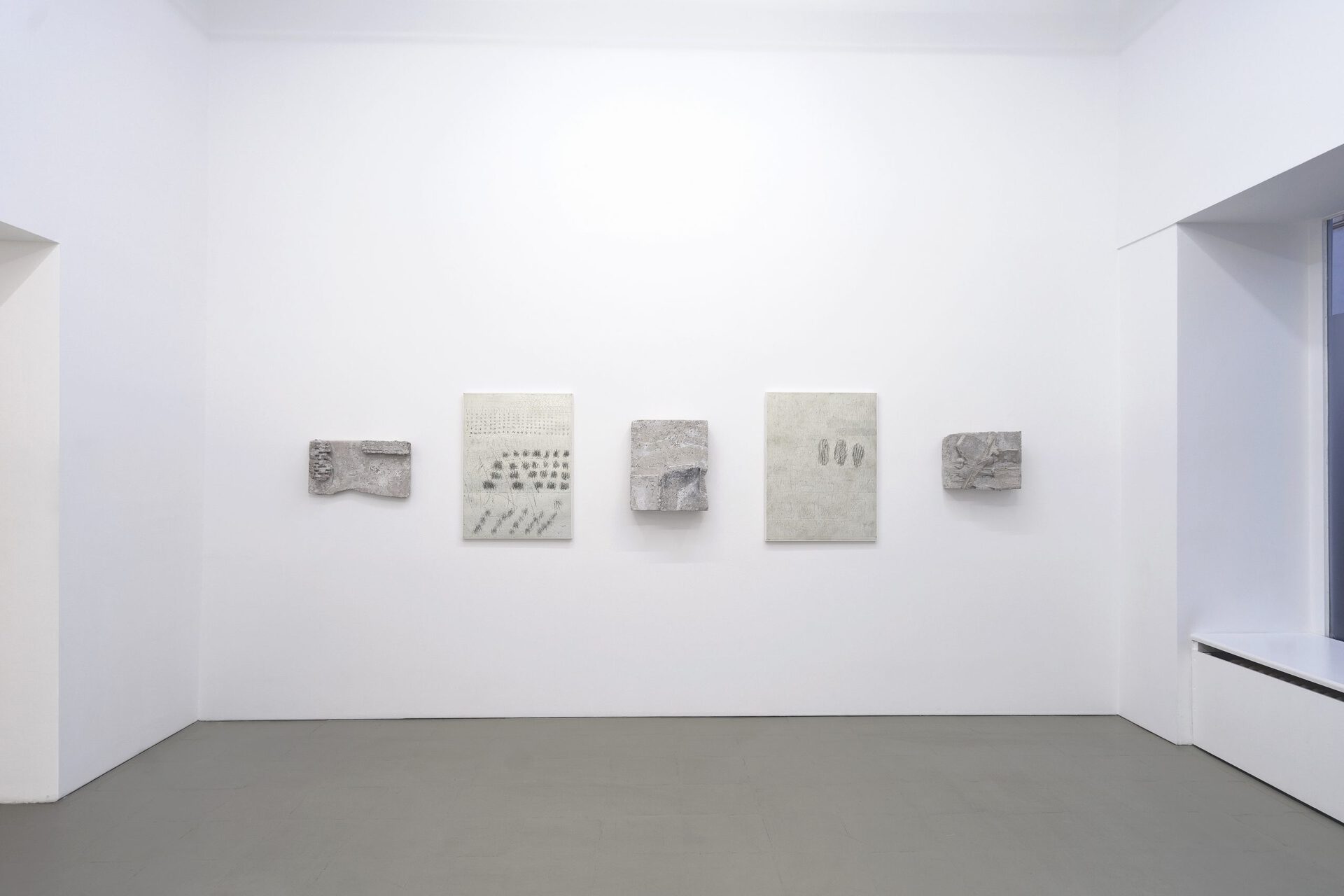
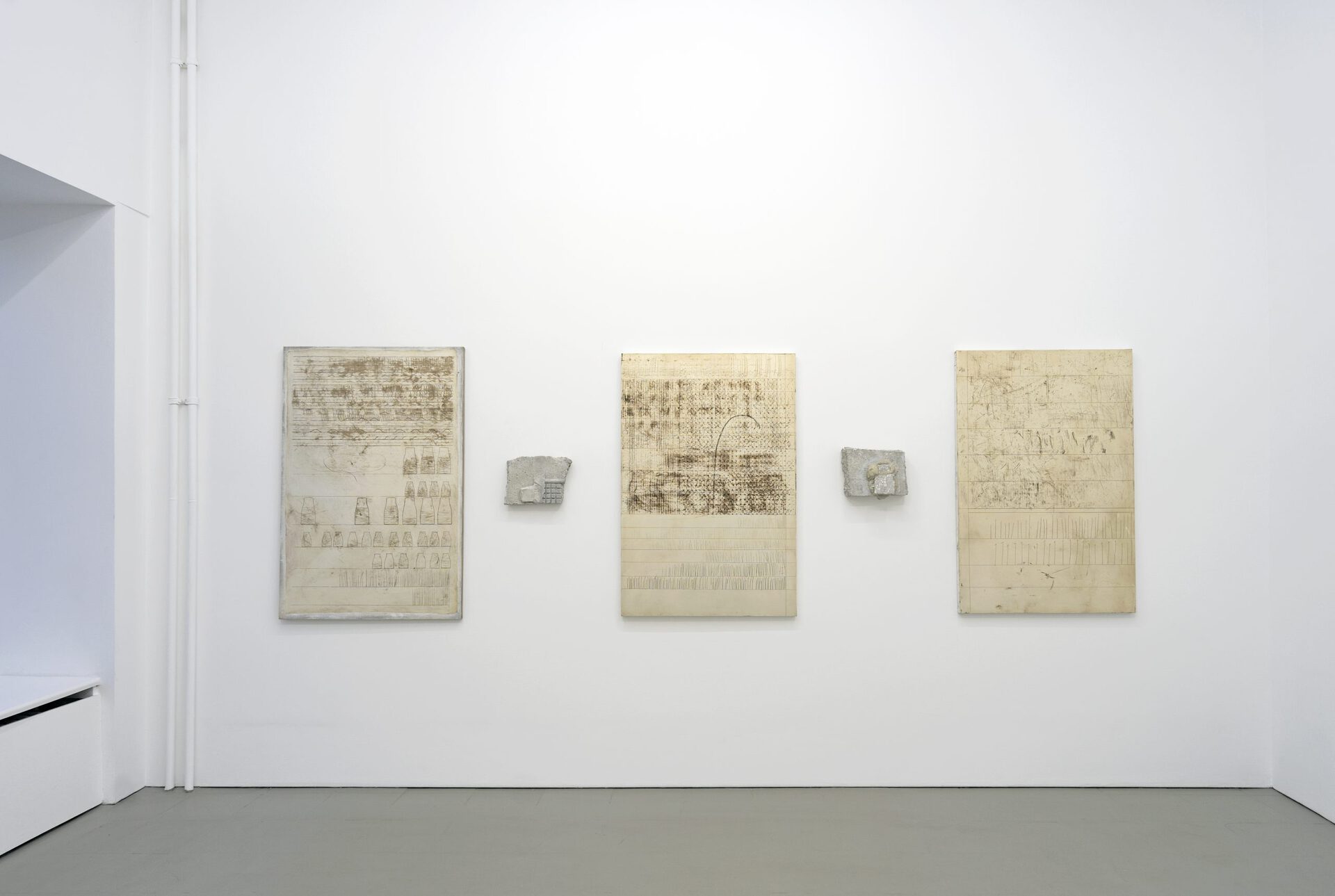
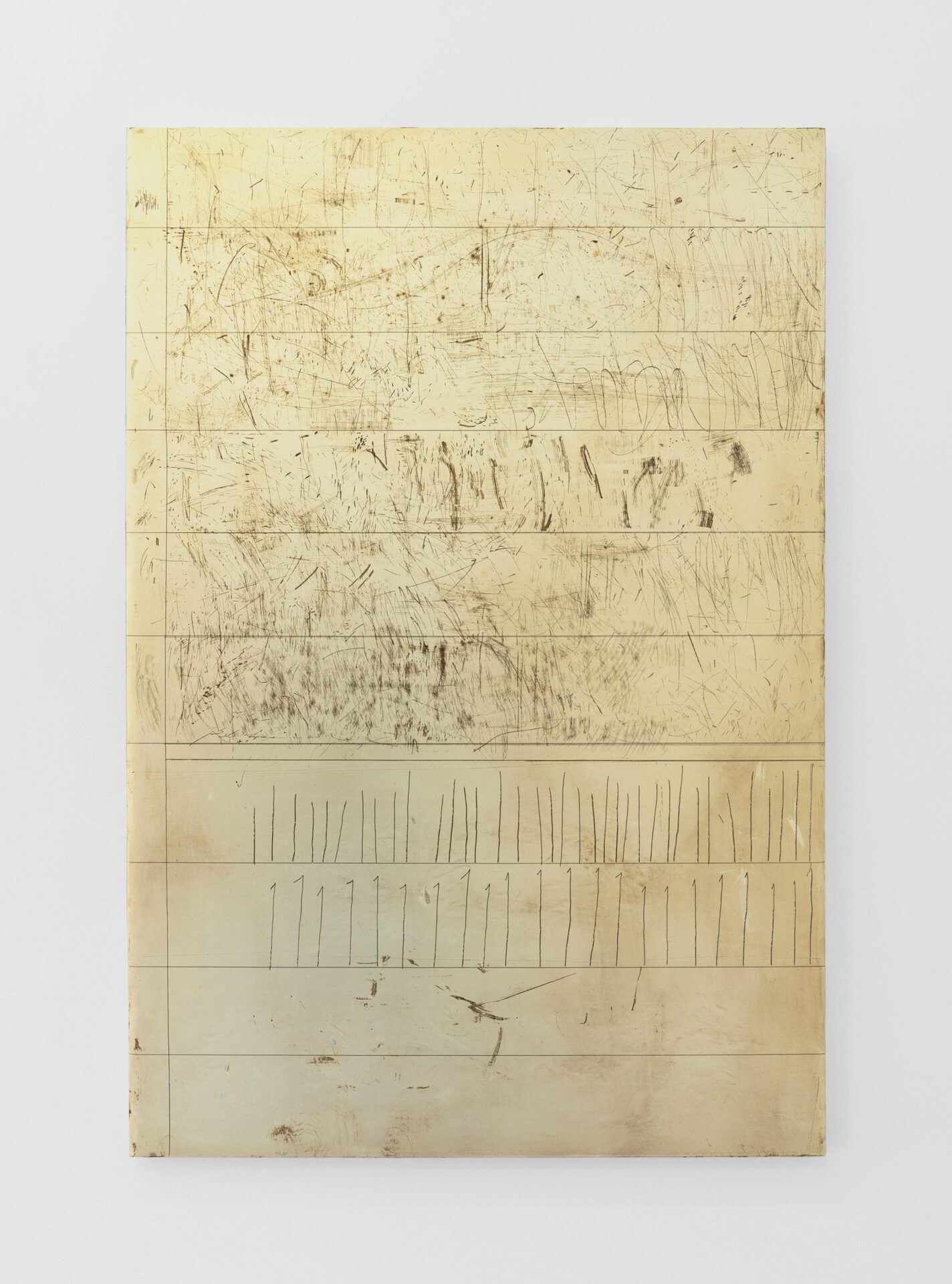
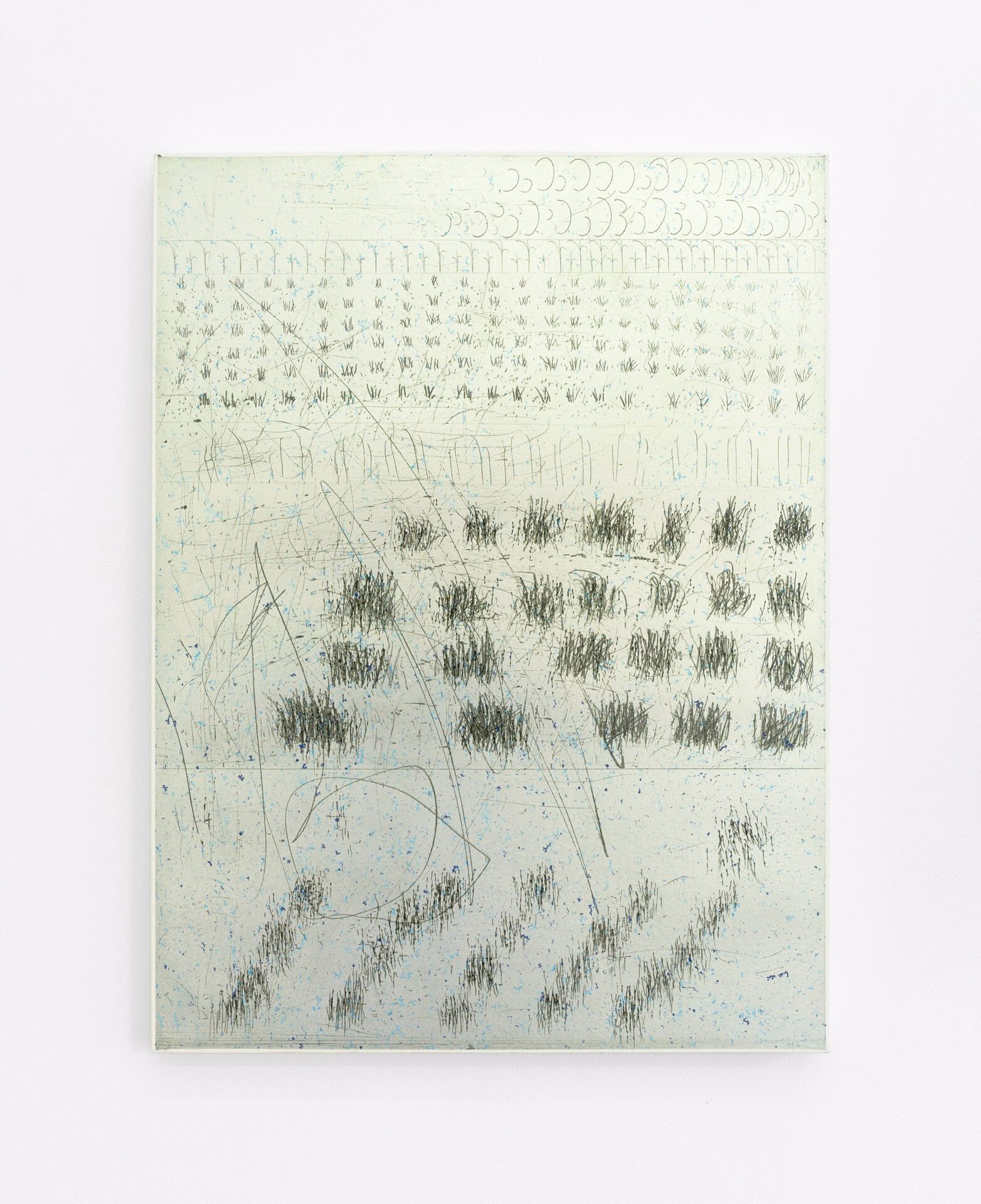
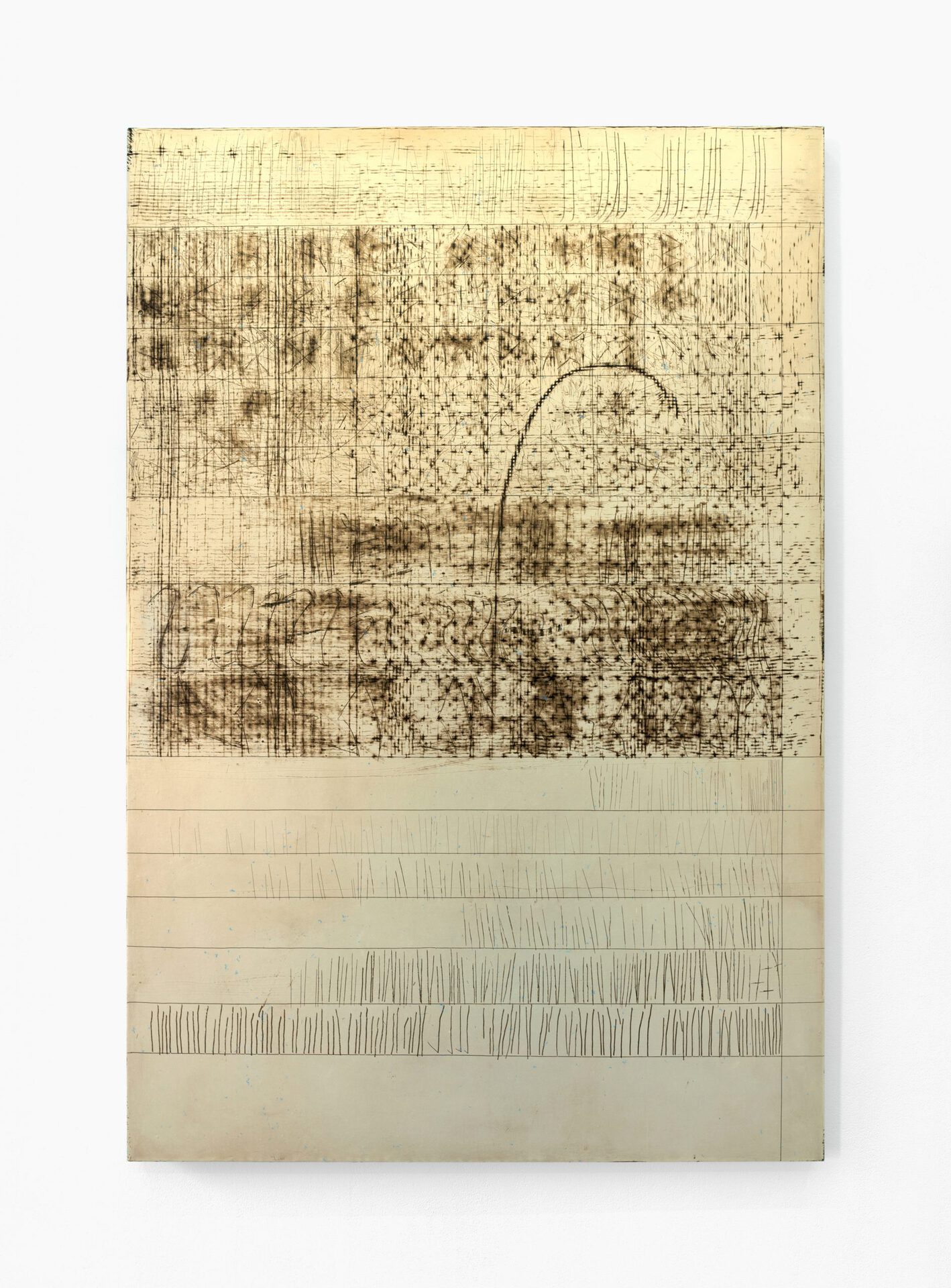
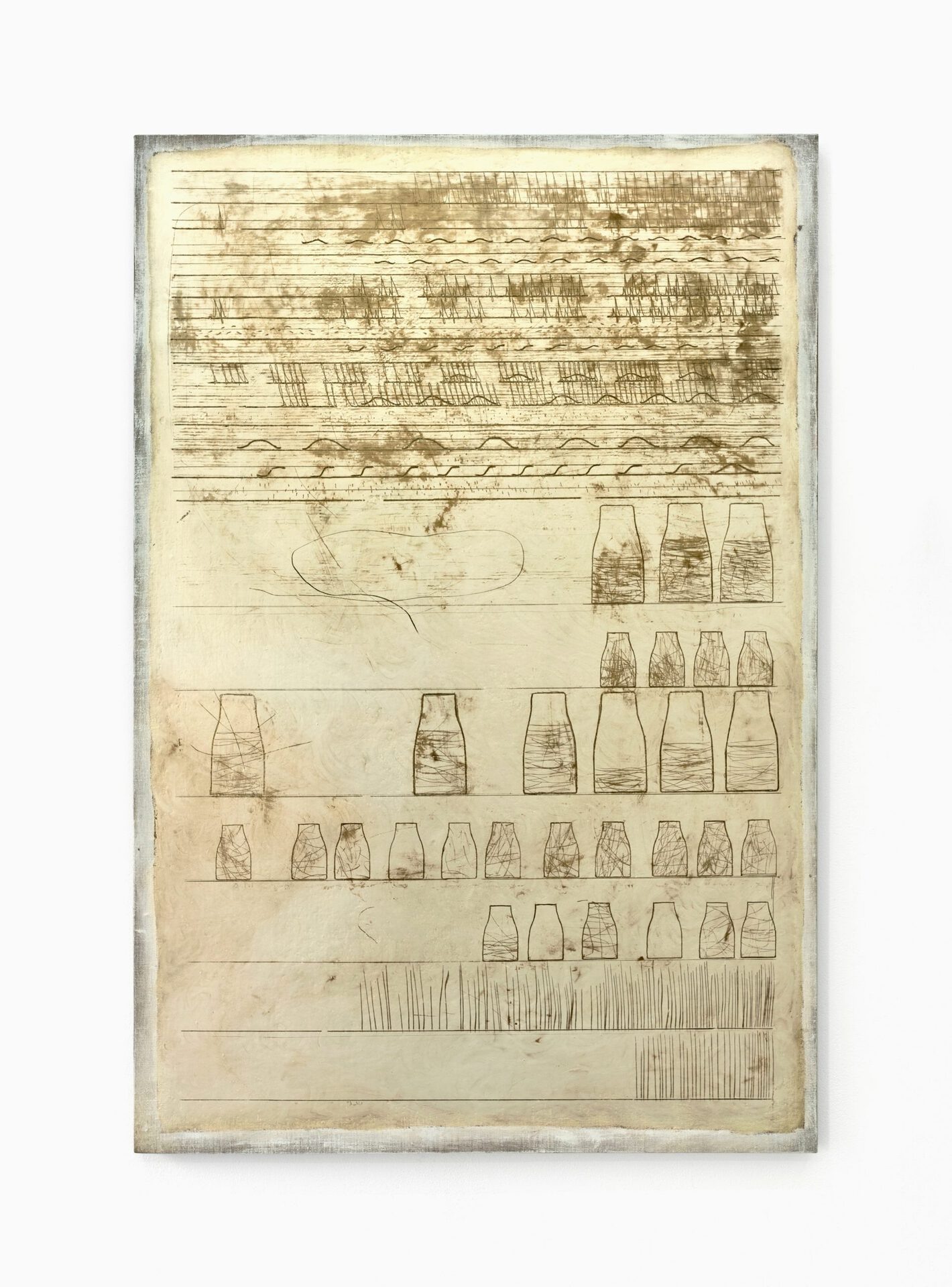
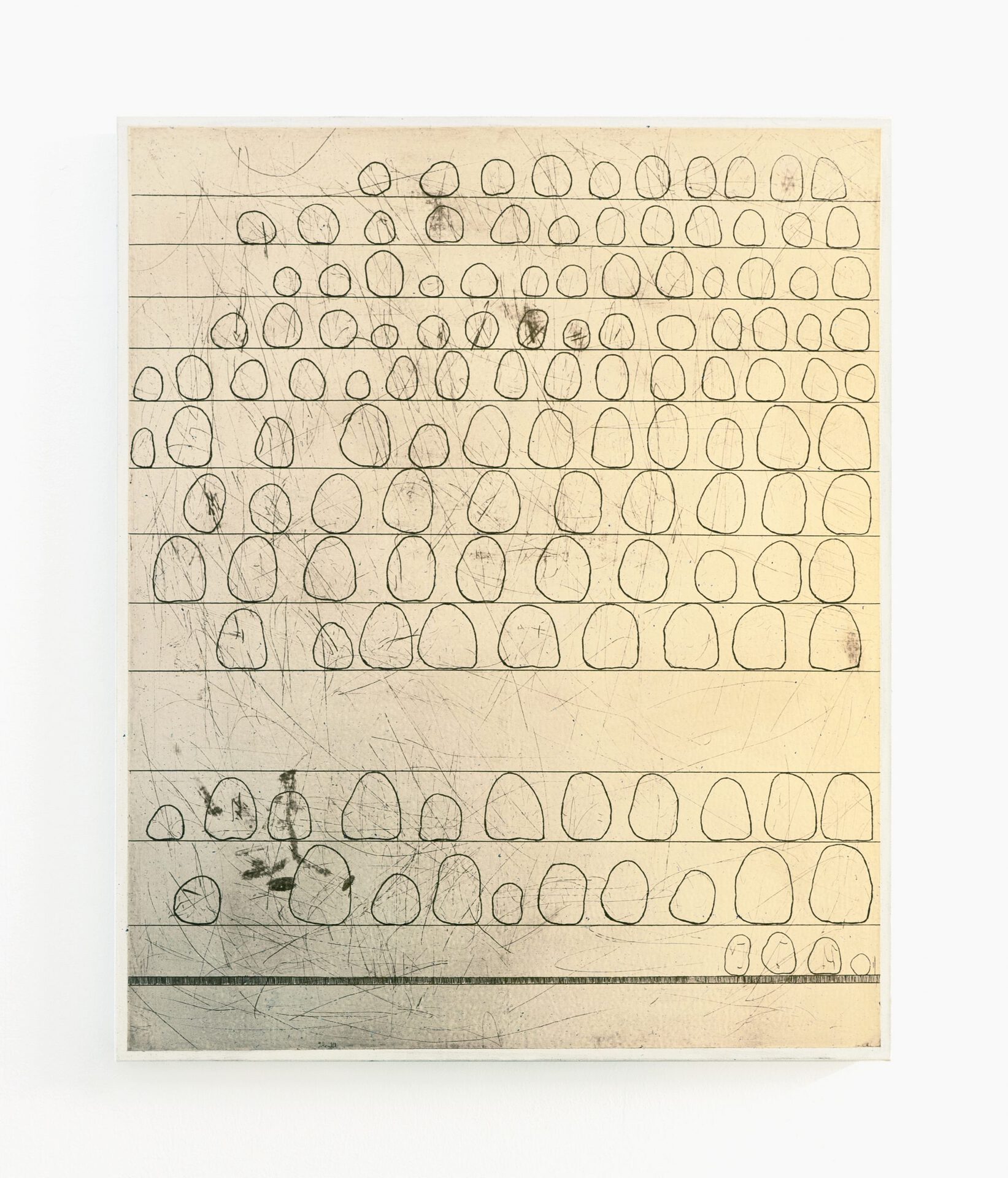
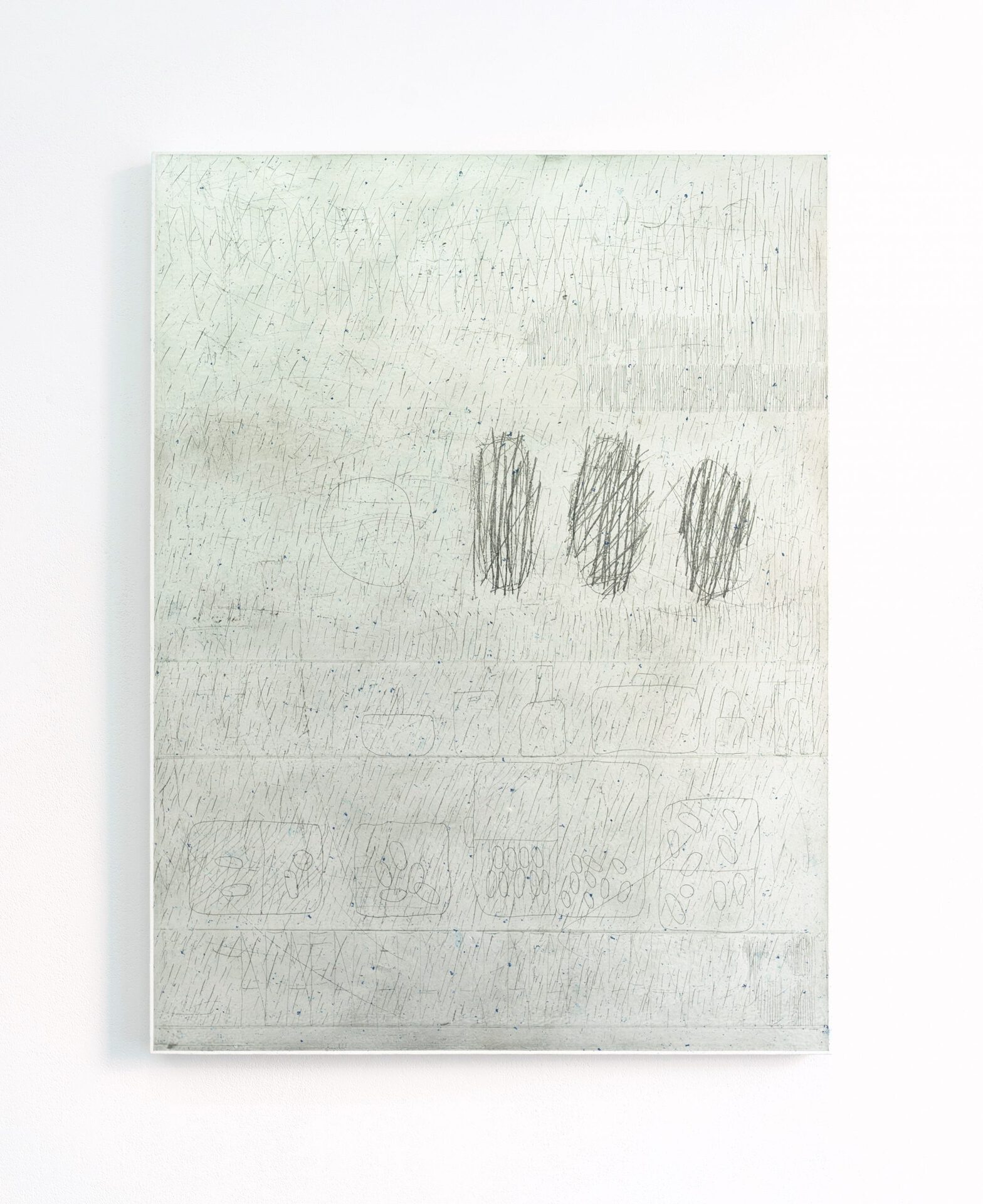
Location
Å+Date
31.07 –28.08.2020Curator
Hagen SchümannSubheadline
Florian Köhler and Robert Schwark are guest artists in the current exhibition at Åplus Gal- lery.Text
Nowadays, existence is demanding from essence to take a stand, to act, in order to preserve
it.
We fail to imagine our existence in a world without our memory. We fail to imagine our
life in a world with us not having desires. No doubt, we are carved by our cravings. While
struggling with imagining the prehistory, we also fail to foresee our future. We are hindered
to look in both directions of time. Our presence has become our limbo. And amid the sea-
sonal respiration, I refuse to accept the brevity of life, and try to enjoy the lasting moment,
even if only temporarily.
Florian Köhler and Robert Schwark are guest artists in the current exhibition at Åplus Gal-
lery. The title of their duo show resembles a riddle with two answers. Like a coin tossed in
the air, as it lands, the determined outcome of any side will lay bare a disquieting outlook –
head: a picture of an undesirable dystopia at the beginning of total submersion, tail: a place
cramped with likely anaesthetised inhabitants, with no wishes and aspirations.
Having seen both revelations, the artists respond similarly. Their artistic practice is the very
picture of two archeologists on the site, with hands getting dirty while collecting, noting,
exhaustively securing the artefacts, documenting time and interpreting their findings.
The titles of Robert Schwark works seem to confirm this assumption - Golden Ending,
three times wrong one time right, Field Attempts, Stones epitomise his efforts and confron -
tation with the case. The delicate linear grooves have been scratched scrupulously out of
a layer of paint on canvas. Schwark’s new paintings remind us of fieldwork sketches, mere
replicas of inscribed clay tablets. Systems and forms of notation hold a central position in
his oeuvre, whereas the questions on the original and copy, on the archetype and model
strike with their prevalence.
The perception of Florian Köhler on the other hand, has the qualities of a rather struggling
world. The artist needn’t to go far to carry out his diggings, he takes his source material –
the litter left behind by the excessively consuming society – from the immediate vicinity.
In his studio Köhler fuses and casts containers or packages transforming them further into
artworks which, however appealing to the eye, look more like indicators of a civilisation’s
collapse.
If archeology is the systematic description of the remains from an ancient period, how to
encompass and what to call the artistic undertakings of these two artists? I ‘d like to coin
to their method the term “anarechology” and reflect upon their observations, even if only
temporarily.
The good news of the present day is, the social sensitisation is happening increasingly, at
every corner.
Text: Majla Zeneli
Majla Zeneli